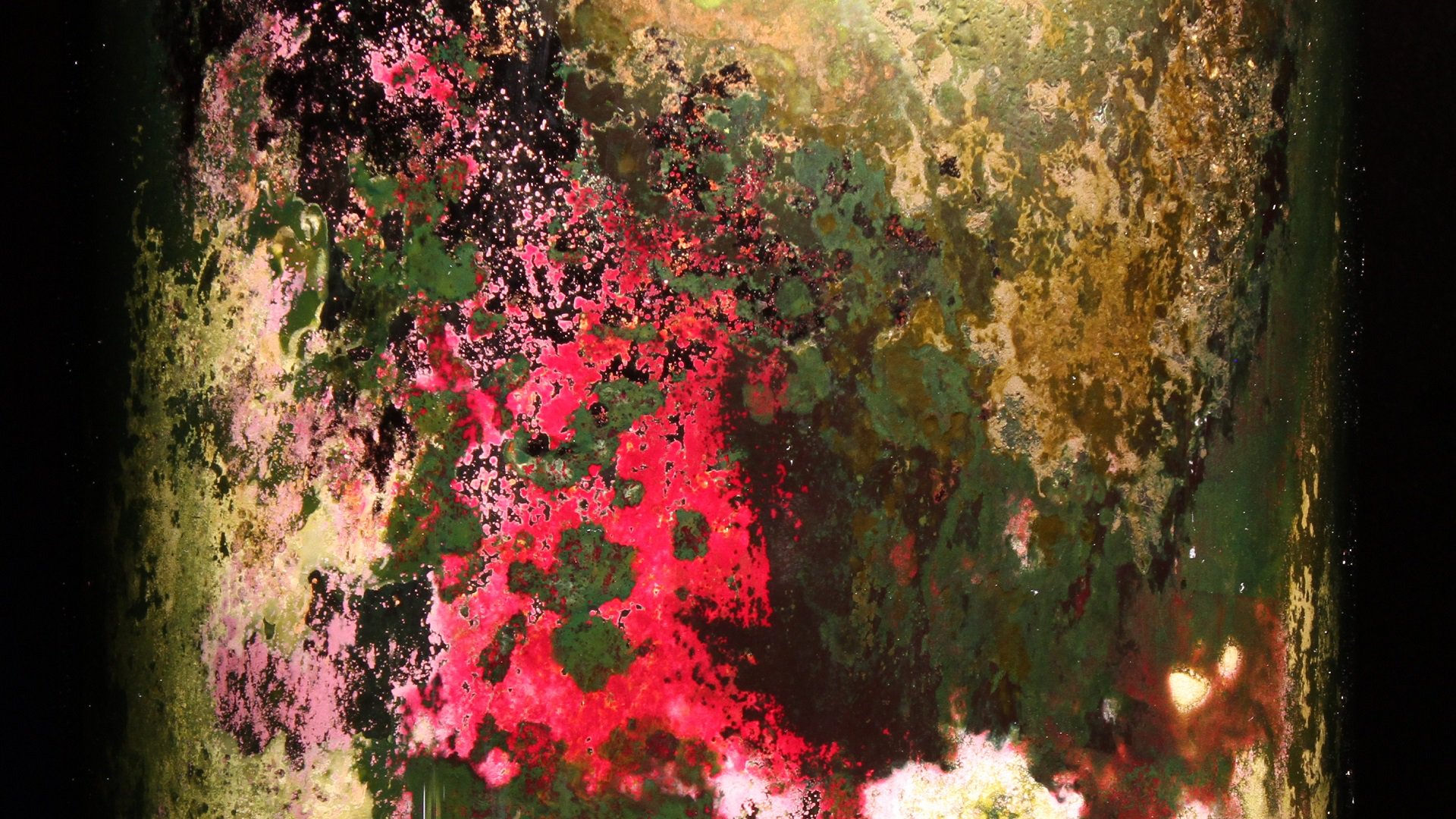Sergei Nikolaievich Wingoradsky (1856-1953) was a Russian microbiologist and ecologist who made important scientific discoveries in the field of microbial ecology. His focus was on the interplay between soil microbes.
Sergei Nikolaievich Wingoradsky (1856-1953) was a Russian microbiologist and ecologist who made important scientific discoveries in the field of microbial ecology. His focus was on the interplay between soil microbes.
Chemoautotrophy
Organisms are divided into two groups, based on their carbon source. Heterotrophs, such as humans, obtain their carbon from organic sources (plant or animal matter). Autotrophs, such as plants, (micro)algae and cyanobacteria, obtain their carbon from inorganic sources (predominantly CO2 in the air). For a long time it was assumed that autotrophs could only obtain energy from sunlight (so-called photoautotrophs), but in 1887 Winogradksy discovered that some autotrophs were able to use inorganic substrates as an energy source. In doing so, a new class of microbes became known to science: chemoautotrophs.
We now know that chemoautotrophs play a crucial role in the nitrogen cycle in nature. Also in our homes, those of us who have an aquarium profit from the activity of chemoautotrophic bacteria. They live in the filter, converting the toxic waste product ammonia, which serves as an inorganic energy source, to nitrate.
Winogradsky column
A Winogradsky column is a closed column inside which a diverse microbial community is cultured. The setup is quite simple, consisting of a combination of pond mud, water, an organic carbon source (e.g. shredded newspaper), calcium (e.g. crushed eggshells), and sulfur (e.g. gypsum). By exposing the column to light, all the ‘ingredients’ necessary to support a diverse microbial community are available. Different regions within the column will receive different amounts of light, and oxygen / nutrient concentrations. The result is that diverse species communities become established in close proximity to one another. To the naked eye this appears as a (living) mosaic of colors.
Curious to see what a Winogradsky column looks like in real life? Come to Micropia some time!

